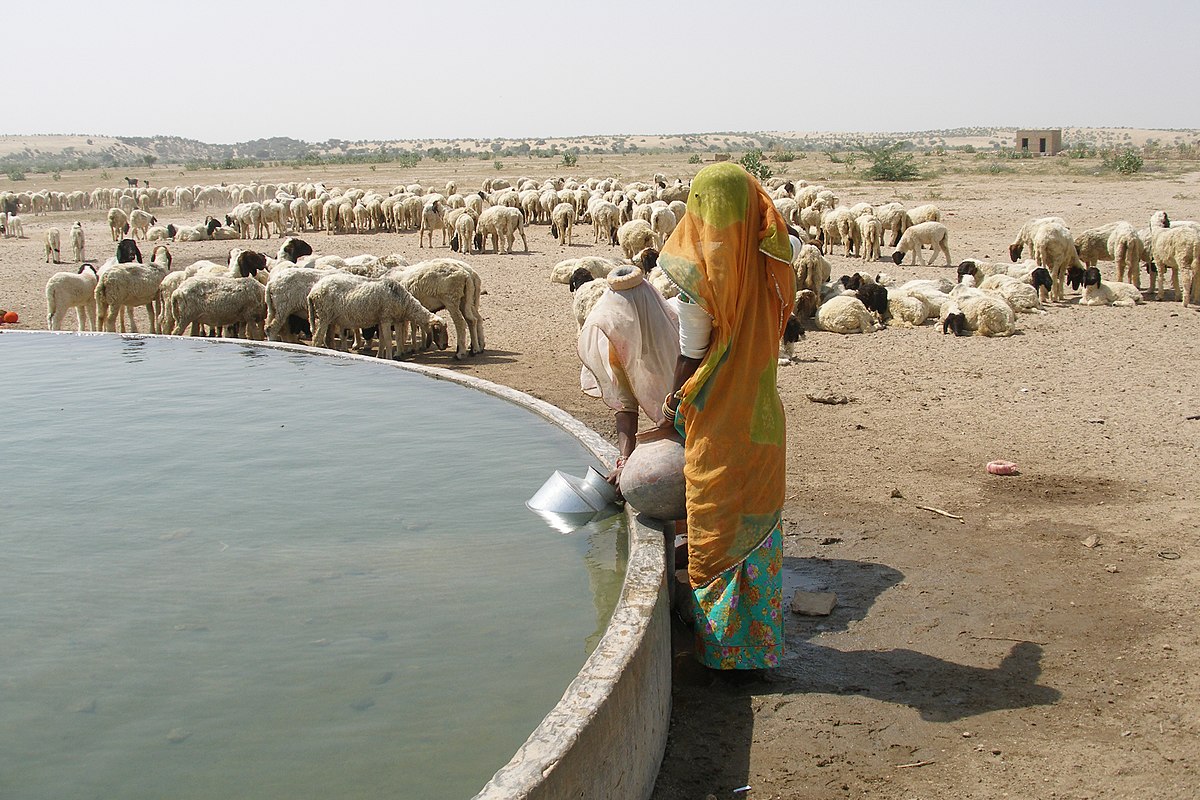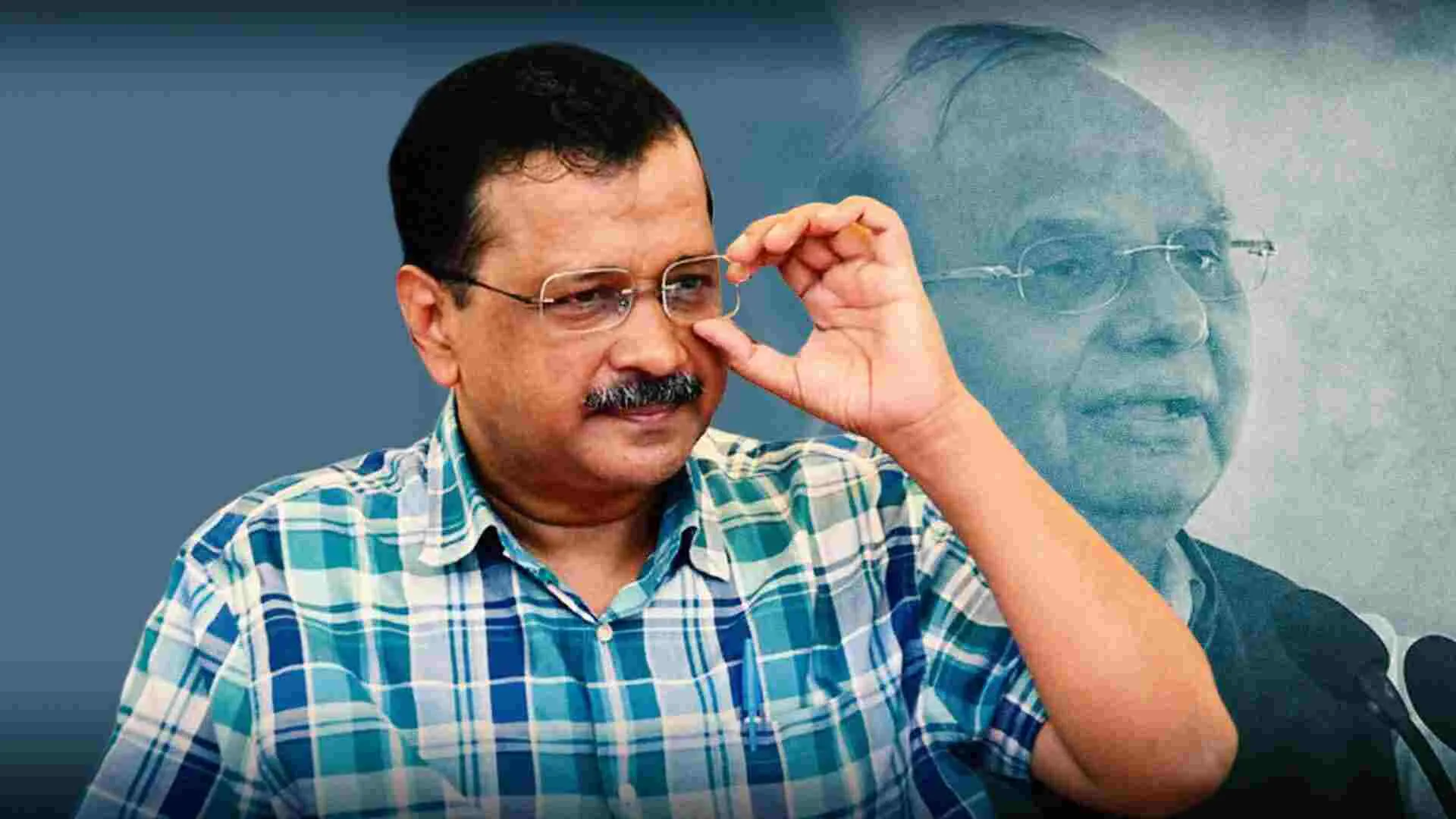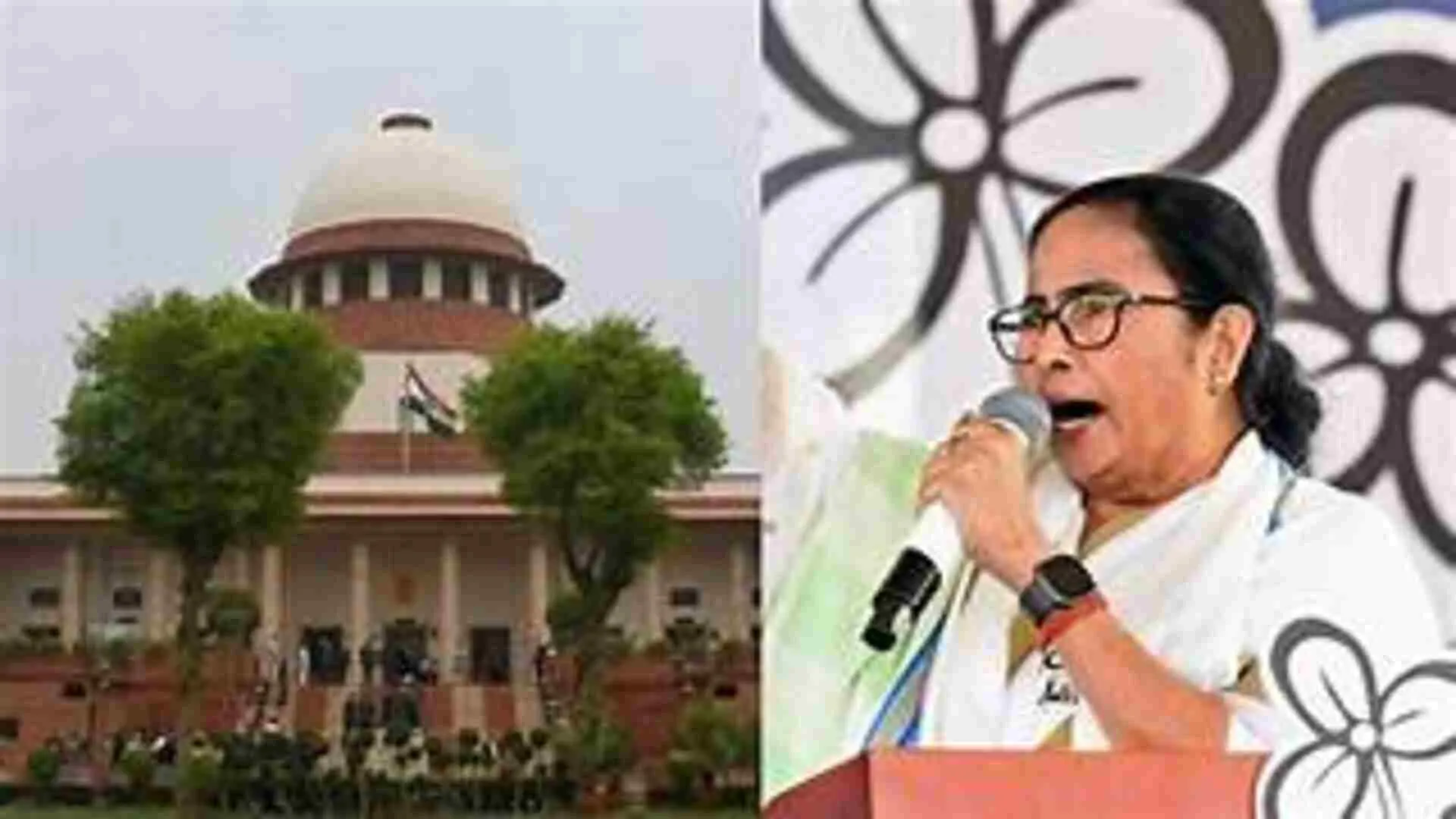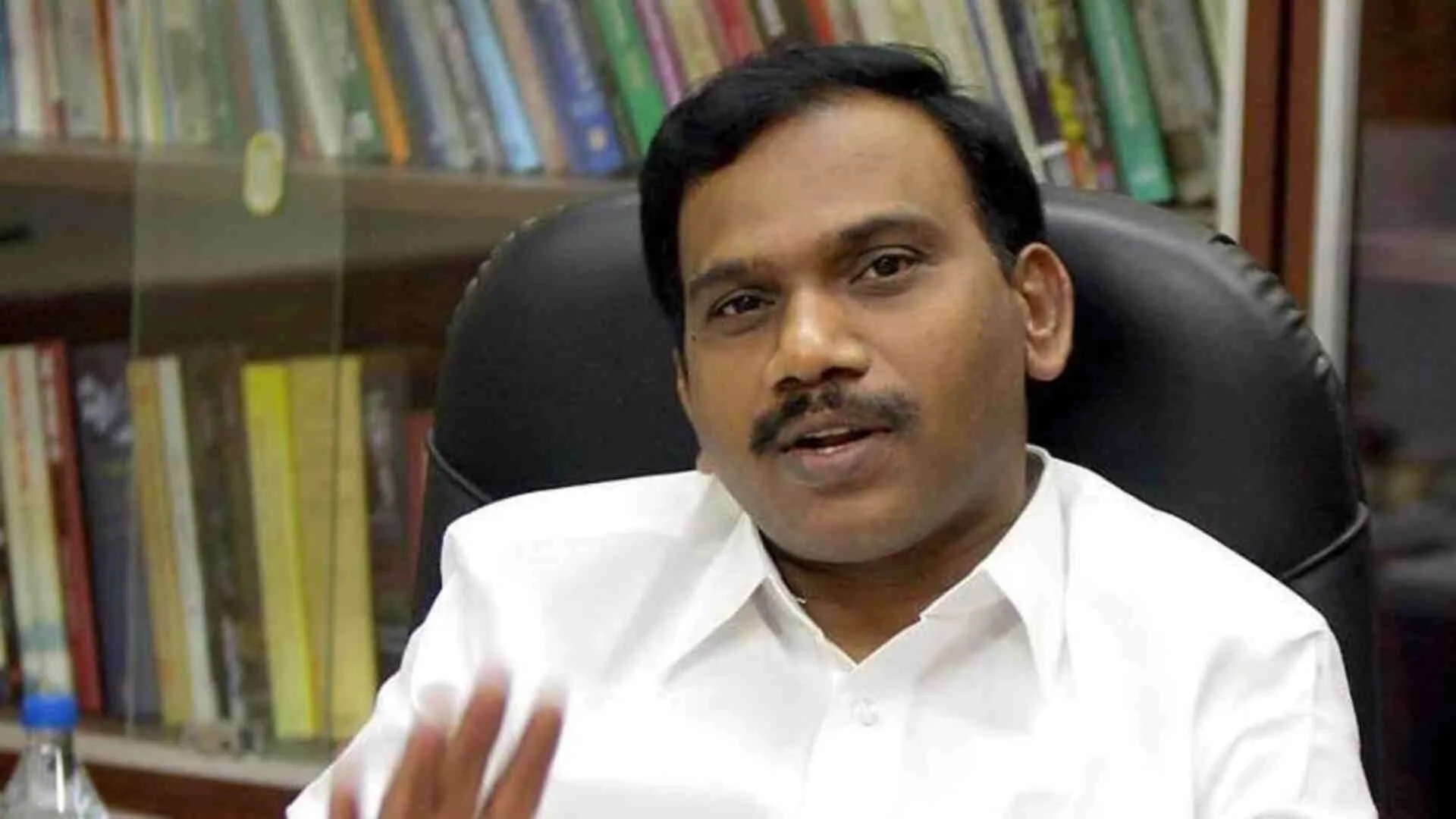In 2023, India is set to overtake China as the most populous country in the world. One of the major challenges of rapid population growth and urbanisation is the pressure this puts on scarce resources such as water. India is one of the most water-stressed countries in the world, with 60 crore Indians living under extreme water stress as of 2018. By 2030, water demand is likely to be twice as much as the water supply, and is likely to cause severe water scarcity. A recent whitepaper published by India and Denmark highlighted the status of wastewater treatment in India, as well as the need to focus on properly treated wastewater as an alternative source of water to deal with India’s growing demand. Currently, untreated sewage waste is the major cause of surface and groundwater pollution in India because around 72 per cent of all urban sewage is disposed of into water bodies without any treatment. The poor infrastructure capacity of wastewater treatment in the country has a two-fold impact on the water scarcity of the country—it pollutes the available groundwater and surface water available for usage and prevents people from having access to treated wastewater, which can be a great alternative water resource.
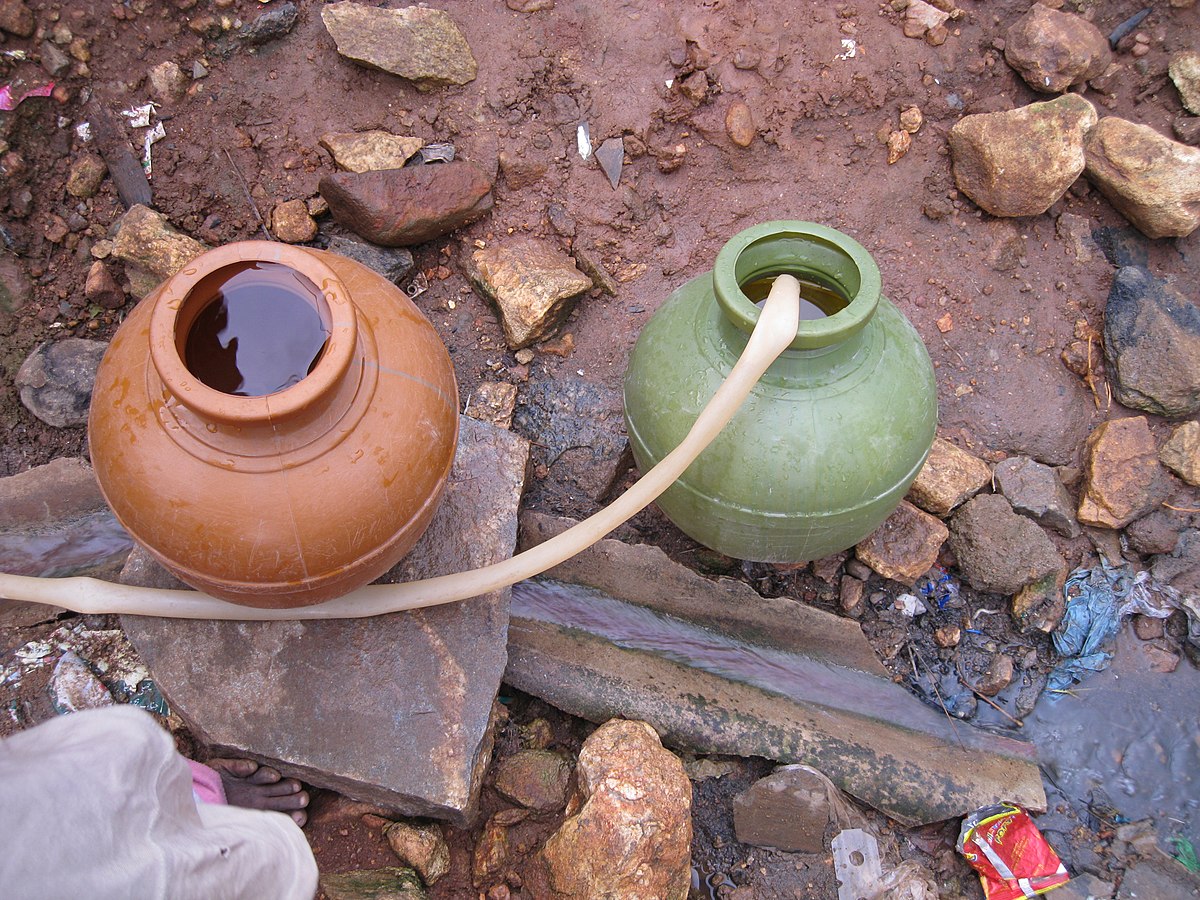
What does the whitepaper highlight?
In September earlier this year, India and Denmark launched a whitepaper titled, “Urban Wastewater Scenario in India.” The paper was presented at the World Water Congress and Exhibition 2022 in Copenhagen and was developed by an interdisciplinary team, including partner agencies such as the Atal Innovation Mission (AIM), NITI Aayog, Ministry of Jal Shakti, and National Mission for Clean Ganga (NMCG), as well as Innovation Centre Denmark (ICDK) and Indian Institute of Technology Bombay (IIT-B). The paper highlighted a combination of factors, including the current status and future capacity of wastewater generation in India, and the need to focus on wastewater treatment in the future in various capacities, such as the development of existing technology and infrastructure. One of the most important factors highlighted in the whitepaper is the increasing demand for water in India. Due to the increase in demands across sectors such as agriculture, electricity, industries and domestic usage, by 2050, around 1,447 cubic kilometres of water would be required. As per the forecasts, by 2050, 74 per cent of the water would be used for agriculture, while 7 per cent would be used for drinking water, 4 per cent will be used in industries, and 9 per cent will be used for energy generation. The paper highlights that due to rapid urbanisation across the country, there is added pressure on freshwater resources to meet growing demands. It is important to focus on developing alternative water sources in such a scenario and properly treated wastewater has enormous potential to help bridge the gap between the supply and demand of water in the country. The whitepaper also highlights the absence of any specific policy at both central and state levels that deals with preventing pollution and suggests the treatment of polluted water while offering solutions for the ecological restoration of polluted water bodies.

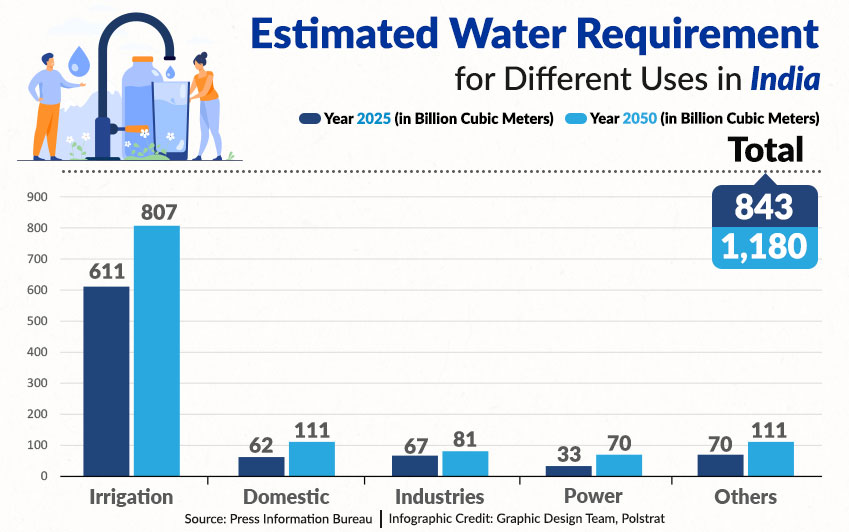
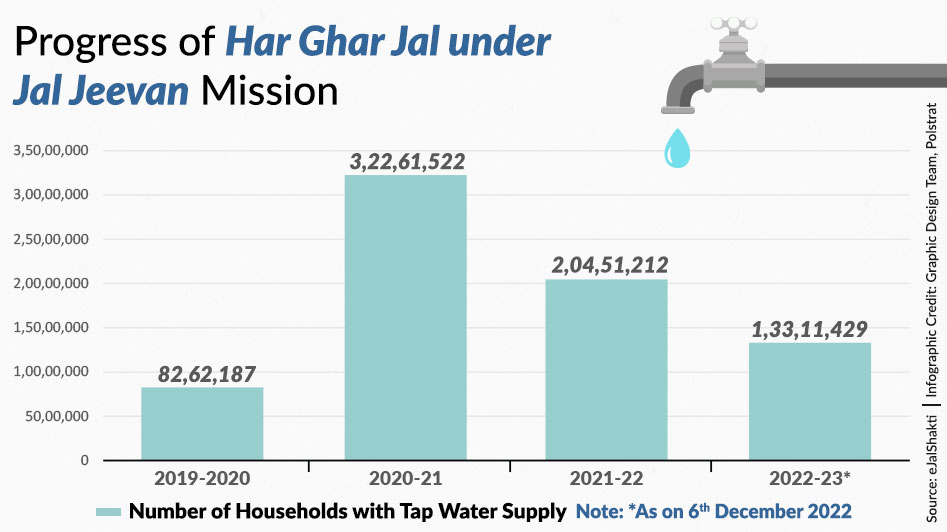
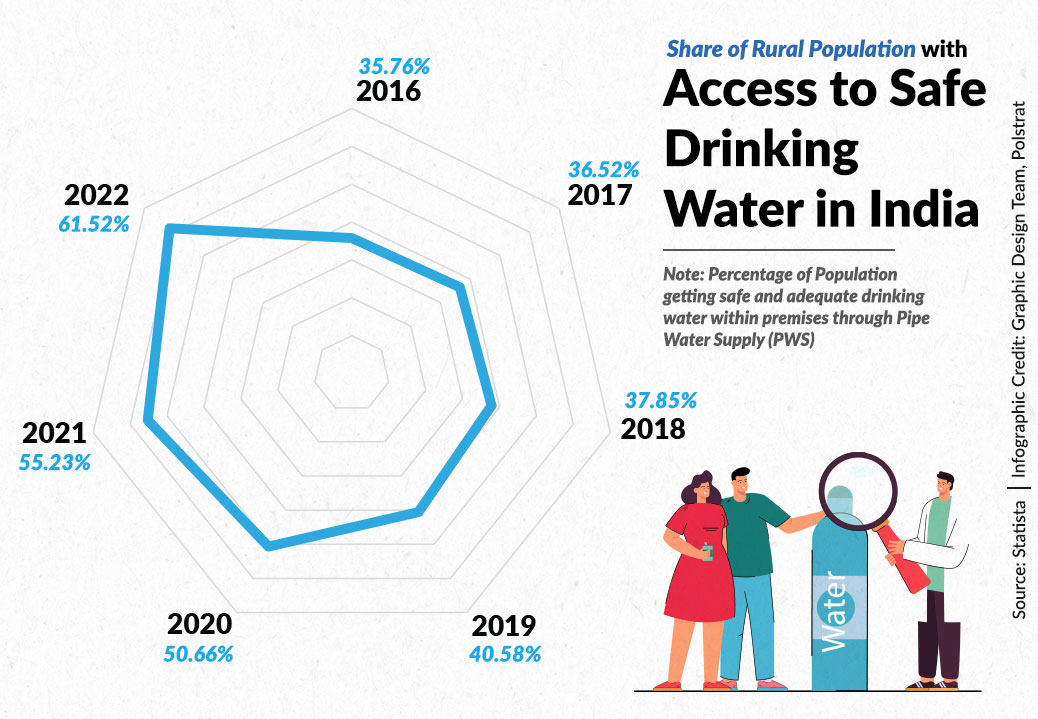
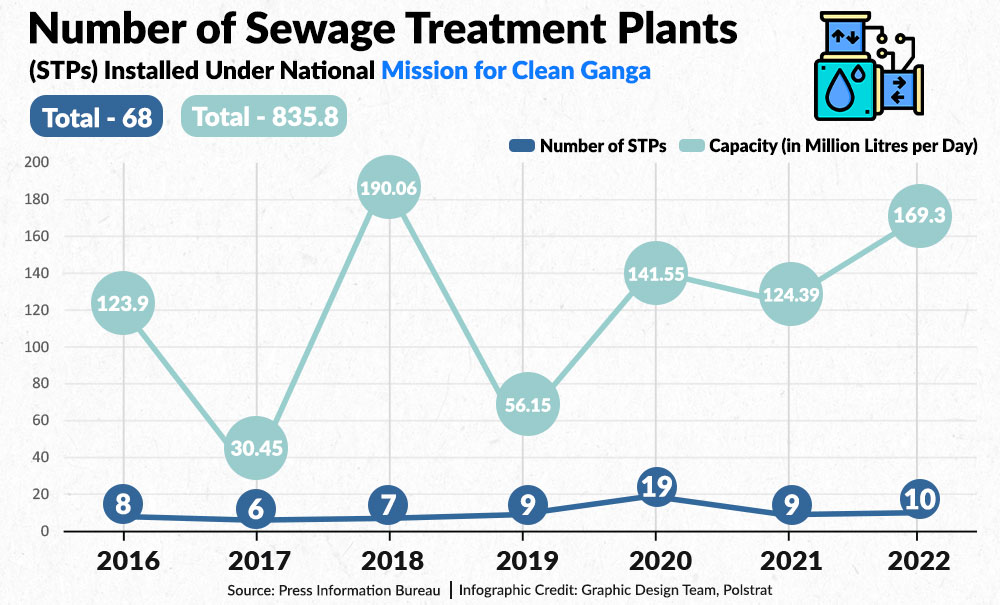
What is the current status of wastewater treatment in India?
Typically, if raw sewage was dumped into a water body, it would be able to clean itself through a natural process of steam cleaning and self-purification. However, due to the rapid rise in both population and urbanisation, the rate of sewage discharge has far exceeded the rate of natural purification. Untreated wastewater contains elements which can be toxic for all living organisms as well as the ecosystem, and cause gradual deterioration of the water quality in an area. As per a report generated by the Central Pollution Control Board (CPCB), the sewage generated in urban centres of the country was 72,368 million litres per day (MLD) for 2020-21. For the same time period, the overall installed capacity for sewage treatment across these centres was 31,841 MLD, which is less than half (43.9 per cent) of the sewage generated. It is also important to note that out of this installed capacity, only 84 per cent is operational and an even lower percentage is utilised. The actual utilisation of the operational capacity of sewage treatment for the year stands at around 20,235 MLD, which means that only 28 per cent of the total sewage generated in urban centres was actually treated, and the remaining 72 per cent of untreated sewage is directly disposed of into water bodies. Even if the under-utilised proposed capacity of wastewater treatment (4,827 MLD) is installed, the gap of 49 per cent between wastewater generated and the capacity available for treatment would still remain.

The report by the CPCB also highlighted that Maharashtra generated the highest quantity of sewage across the states (9,107 MLD) followed by Uttar Pradesh (8,263 MLD). Maharashtra and Uttar Pradesh along with Tamil Nadu, West Bengal and Gujarat accounted for more than 47 per cent of the total sewage generated every day across the country. According to a research report published in 2019 by the Centre for Policy Research, most of the sewage treatment plants established in India under the Ganga Action Plan and Yamuna Action Plan were no longer working. The gap between generated sewage and the availability of sewage treatment facilities is even higher in cities and areas with lower populations as the cost of setting up treatment facilities such as Super Thermal Power stations (STPs) is too high. Issues such as high capital costs associated with adopting wastewater management technologies and limited budgets of state bodies hinder the ability to adopt the latest technology to treat wastewater. Another major challenge is encouraging people to use recycled water for daily use purposes. Although recycled water is perfectly safe to use, it is culturally stigmatised as being unclean, which is why many are hesitant to use it.

How can wastewater management be improved in India?
Despite the disparity in wastewater generation and management across the country, there is no current policy at the central level that addresses wastewater management. The Water (Prevention and Control of Pollution) Act, 1974 contains laws that report wastewater as a source of pollution. This also led to the establishment of both the Central and State Pollution Control Boards, which deal with preventing and managing all sources of water pollution, including wastewater. Legal restrictions on polluting water that enters various streams, wells, land or sewage systems were established by the CPCB. Additionally, The Water (Prevention and Control of Pollution) Cess Act, 1977, which only came into force in 1992, also set taxes on industrial water consumption. However, the cost of violating these provisions is significantly lower than the cost of compliance, leading to most industries violating these norms.

As per the suggestions in the NITI Aayog whitepaper, there is a need for coordination between agencies at the local, state, and national levels to utilise decentralised wastewater treatment systems to make wastewater recycling more accessible. The paper suggests certain innovative and cost-effective solutions to deal with wastewater management such as floating treatment wetlands, green roofs and living walls, waste stabilisation ponds and vermifiltration, amongst others. It also advocates for treating wastewater near where it occurs, so as to reduce the risks associated with transporting untreated wastewater.

In India, Urban Local Bodies (ULBs) bear the responsibility of wastewater treatment through the provision and maintenance of wastewater treatment facilities. However, as highlighted earlier and by various audits conducted by the Comptroller and Auditor General of India (CAG), these bodies lack the resources, including the financial power and monitoring and execution abilities to conduct such a massive exercise, especially in light of the rapid increase in wastewater generation. The paper suggests incorporating publicprivate partnerships, public awareness, training, and improved institutional and international collaboration along with setting up a national-level coordination agency to improve efforts in managing wastewater treatment across the country.

